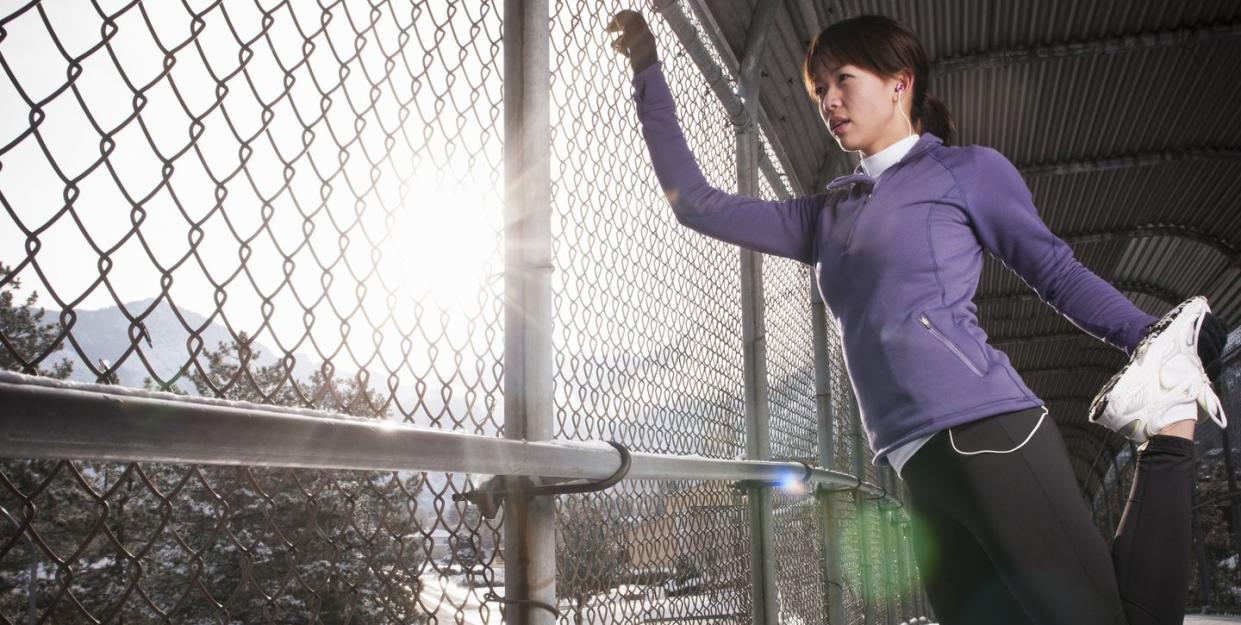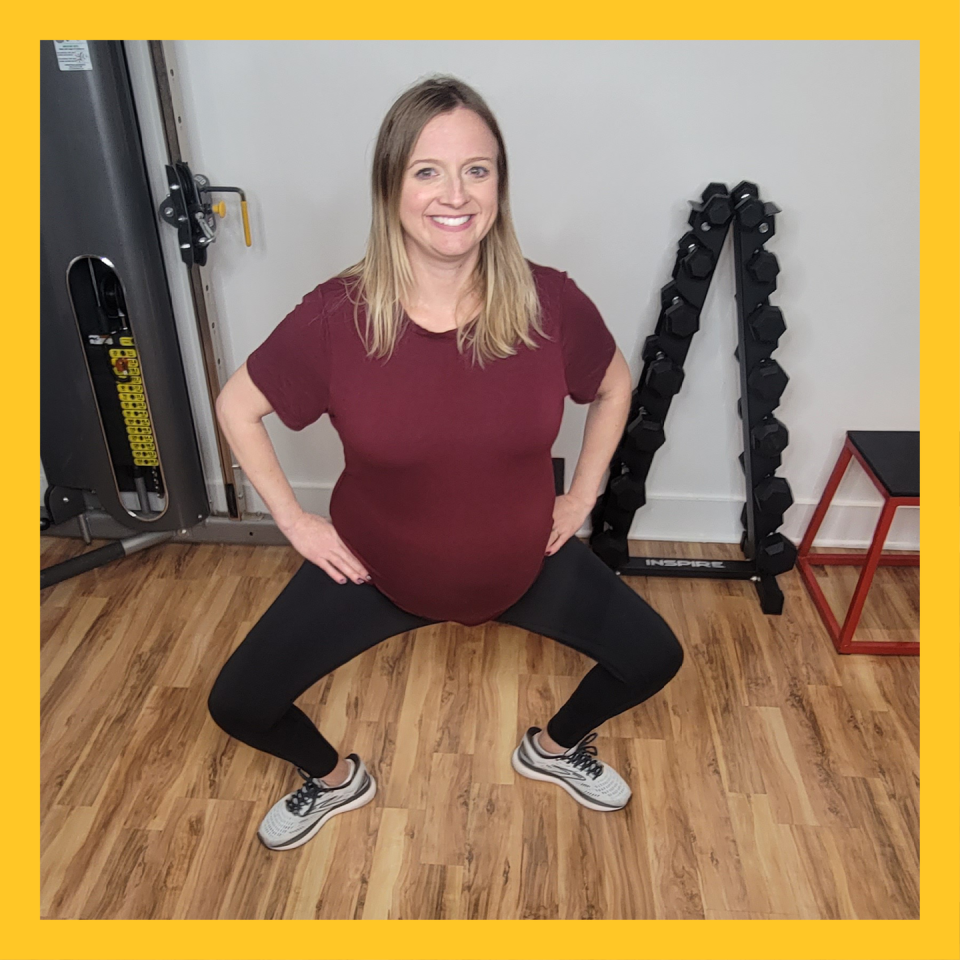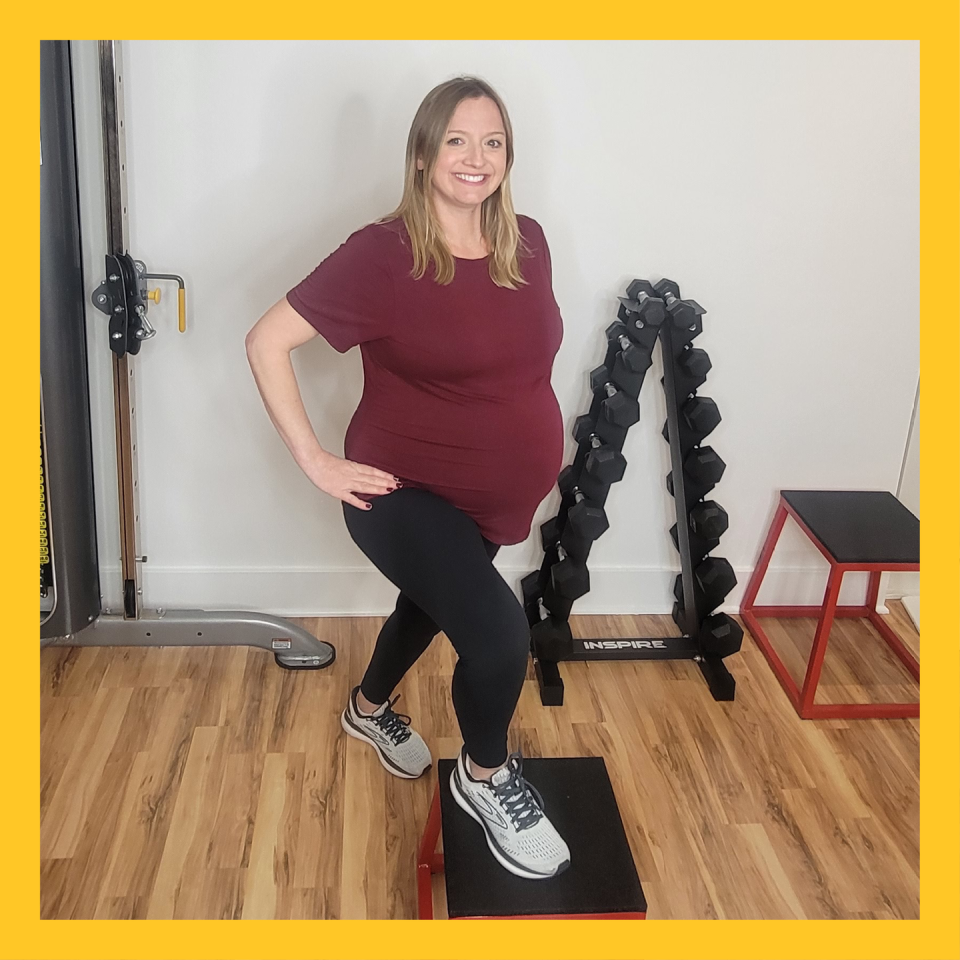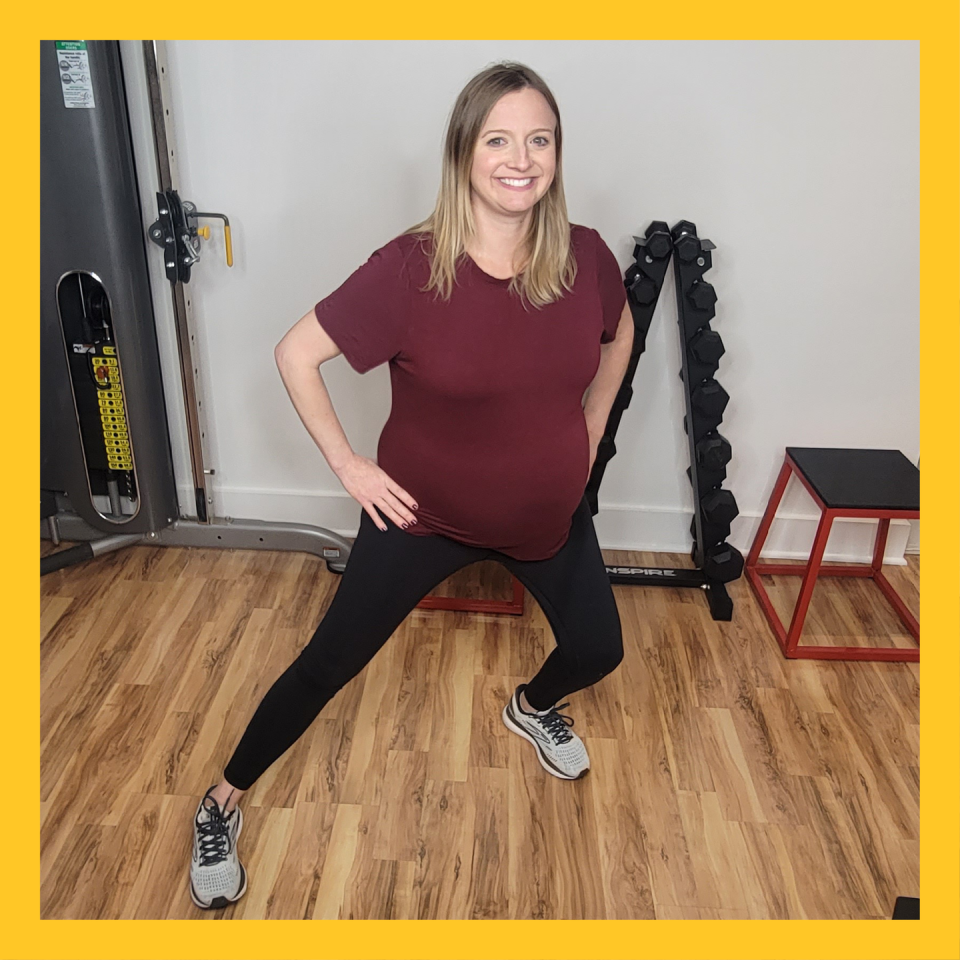You've *Gotta* Stretch Your Quads Regularly To Avoid Injury (And Get Stronger!)

Squatting. Jumping. Deadlifting. Sprinting. Picking up a moving box. Climbing an enormous flight of stairs. When it comes to some of life’s heaviest, most muscle-activating activities, your quadriceps are total powerhouses.
And whether you’re mid-lunge, or just catching yourself mid-stride in a pair of shorts or skintight leggings, you’ve probably noticed how big your quads are, too. And that’s not just aesthetically speaking—your quads are actually the most voluminous muscle on your body. Although technically, your quads as a whole are made up of a few different muscles including:
Rectus femoris, or the muscle that runs straight down the front of your thigh
Vastus lateralis, which (you guessed it) runs down the outside-lateral portion of the thigh
Vastus medialis, the vastus lateralis’ sister muscle that runs down the inside-lateral portion of the thigh
Vastus intermedius, which can be found deep between the vastus lateralis and medialis.
Together, these muscles work in sync to propel your legs up and down. And while it’s normal to feel tightness and soreness following, say, a series of heavy walking lunges, the quads can also tighten from too much sitting or simply too little movement.
That lack of activation can reduce mobility when you really need to put your quads into motion (say, you’re sprinting to home base during a kickball league game), which can cause injury, says Holly Roser, CPT.
She notes that stretching can help to deliver more oxygen and increase blood flow to the area, which can offset tightness. “Stretching helps decrease your risk of injury, improves range of motion, helps increase athletic performance, and increases blood flow back to the muscle group,” explains Roser.
But not all stretching is equal, says Roser, nor should it be done all the time.
“Static stretching is best performed when your body is already in a warmed up state,” she says. “Dynamic warmups [designed to activate your quads] can be done prior to any workout, such as butt kicks, walking lunges, jumping jacks, or leg swings. Foam rolling, or myofascial release, is also an option before your workout or anytime during.”
5 Quad Stretches To Try
So, when exactly should you engage in static stretching for your quads? “The optimal time to stretch your quads is post-cardio or [after] a strength workout,” says Roser.
As for other pro tips to make the most of your quad stretches, Roser says it’s important to concentrate on your breathing—in through your nose and out through your mouth. “Try to slowly move your body into the stretch and keep the stretched position stable. Many people try to bounce in the stretch, or push harder than necessary.” She notes that each stretch should feel slightly uncomfortable, but never painful.
Here, Roser walks through her five favorite quad stretches and how to make the most of each move. Hold each stretch for two sets of 30 seconds, alternating sides (if necessary).
1. Standing Quad Stretch

How to: Start with your feet hip-width apart. Bring your heel towards your hamstring as you grab your shin. Focus on pushing your hip slightly forward as you lift your heel closer to your glute. Try to keep your knee pointed down towards the ground and not out to the side. Switch sides.
2. Frog Stretch

How to: Start with your feet hip-width apart, hands on your hips. Turn knees out slightly with feet turned outward. With your chest remaining high, slowly lower yourself into a sumo-squat position. Stop a few inches before your glutes become parallel with the floor. You’ll feel this stretch in your vastus medialis, part of your quadriceps located towards the inside of your knee.
3. Step Stretch

How to: Find an elevated surface roughly one foot off of the ground. Place your right foot on the elevated surface, pointing forward, with your left leg directly behind you. With control, slowly lower your body towards the ground, trying to get your hamstring parallel to the floor. You should feel a stretch in your quad on your left side, your inner quad, and inner thigh on your right side. The vastus medialis on your right leg should feel a deep stretch as well. Switch sides.
4. Kneeling Quad Stretch

How to: Get down onto your knees, then step your left leg forward. Your foot should be a few inches behind your knee. Lean slightly forward with your torso as you grab your right foot with your right hand. Pull your foot slowly toward your right glute. You should feel a stretch in your right quad and inner thigh. And while you may be tempted to bounce, keep as still and balanced as possible. Switch sides.
5. Side Lunge Stretch

How to: Start with your feet hip-width apart and hands on your hips, then step your left foot out toward your left side. At the same time (keeping your torso upright and core muscles engaged), bend your right knee as you lower your body towards the ground. Your feet should be facing forward the entire time. Expect to feel the stretch in your left quad and inner right thigh. Switch sides.
You Might Also Like

